Captivating Captions: Examples of Captioning and its Uses
Examples of captions doing what they should do
In our recent post Captivating Captions, we looked at why captioning videos is so important for accessibility and many other reasons.
Now we are going to examine some video captions (as opposed to just subtitles) to show what these actually do.
One of the most important roles a caption can play is to fill in context provided by non-verbal sounds in conveying the plot of a film or television program.
Note: each image also has a description underneath it so that users employing screen readers can understand the point of each example. In this situation, every image has the attribute alt=”” because the description is in the image caption instead. Usually though the alt text and the caption provide different functions.
Let’s take a look at the first picture:

Without knowing anything about the story, we can guess that the fact that (as related by the caption) a tire has popped and kids are screaming is probably a significant moment. If captions were not available to a person with deafness/severe hearing loss, then they might not understand why it appears that the children are suddenly screaming. You cannot see either the tire or the children, but the captions let us know what is happening.
The description of music can provide context for a movie or TV show. It can establish the mood of a scene:
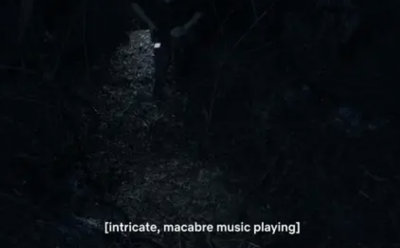
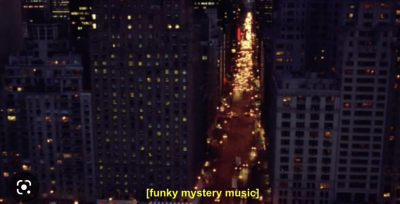
Or captions can help to convey a plot point
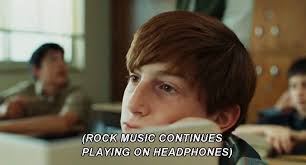
Or to underline the emotion of a character:
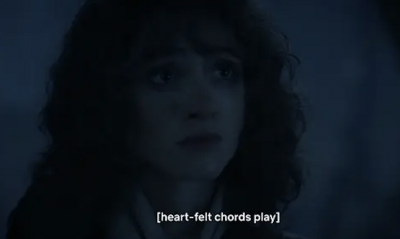
Or even ironic counterpoint:
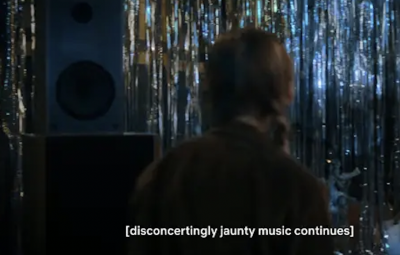
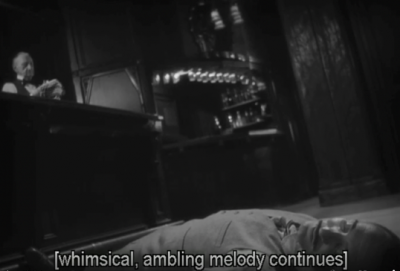
There are many times also that the mood and plot are conveyed by no sound at all. Those moments are hard to process in some stories when there is no visual cue.
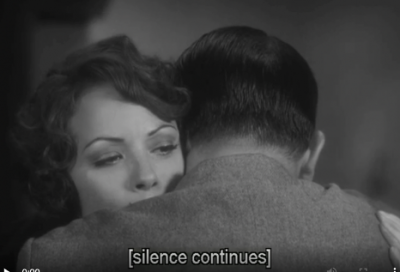
How not to do it
It’s tempting to begin this section with a sentence like, And now for the fun part! But although the following are amusing/bemusing/surreal, it’s important to remember they are also real, and if you rely on closed captioning to let you know what is going on they might be confusing or annoying.
Some are just… weird:

Others are confusing:
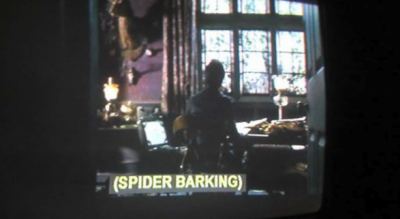
Some captions take a creepy scene – and make it much, much worse
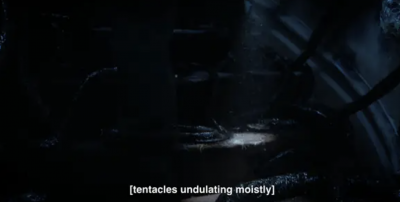
How do they know?
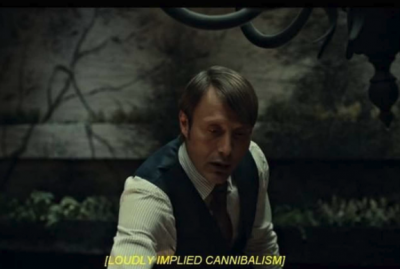
Anyone who has worn a bowtie will know this is the only way to fix one.

And now back to this nightmare
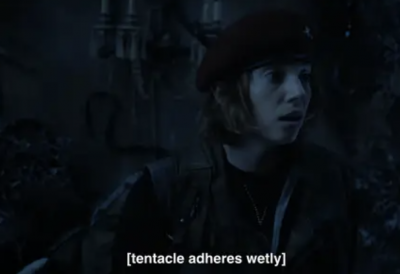
And what does this even mean?
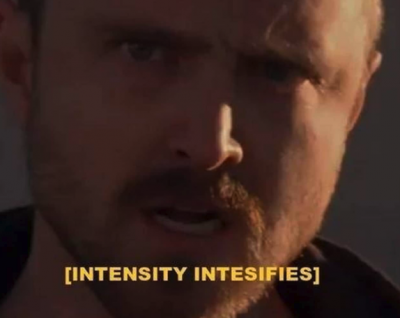
Many of these captions leave me feeling like this:
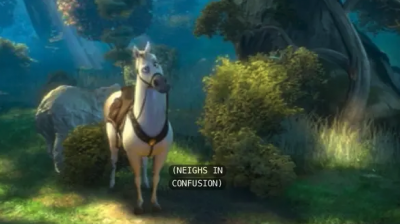
Clearly, there is a way to write captions that are meaningful and many ways which can be confusing or just plain strange. Despite their entertainment value, it’s important to make captions plain, simple, and descriptive.